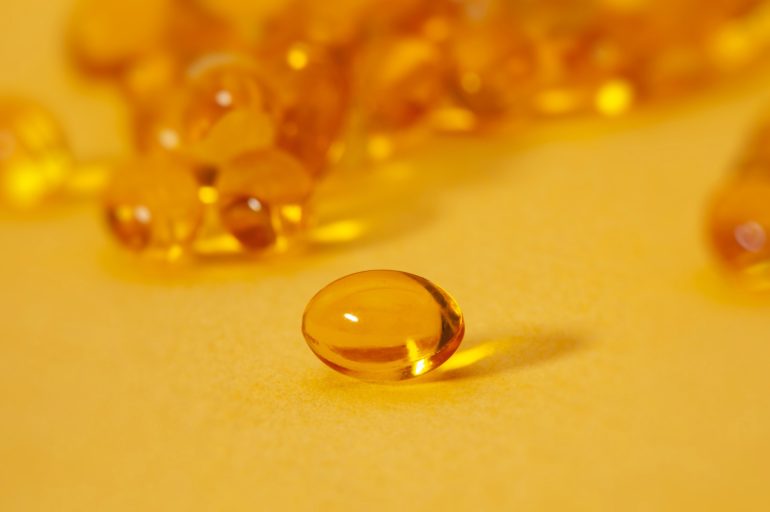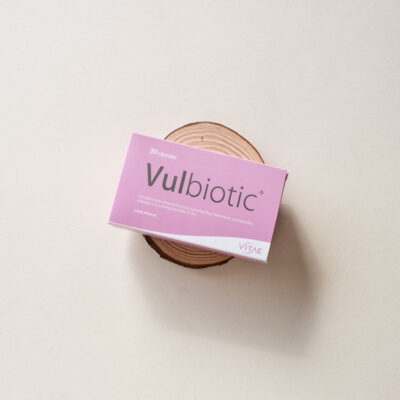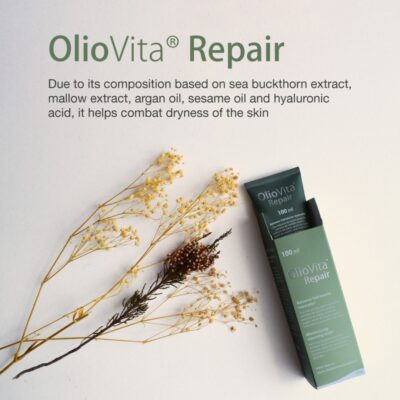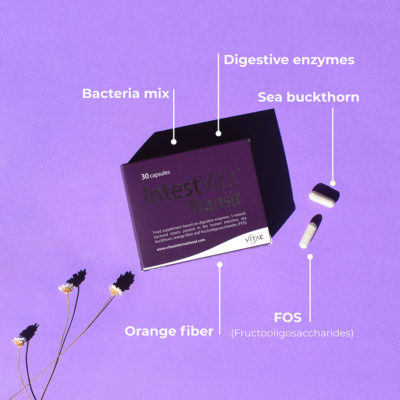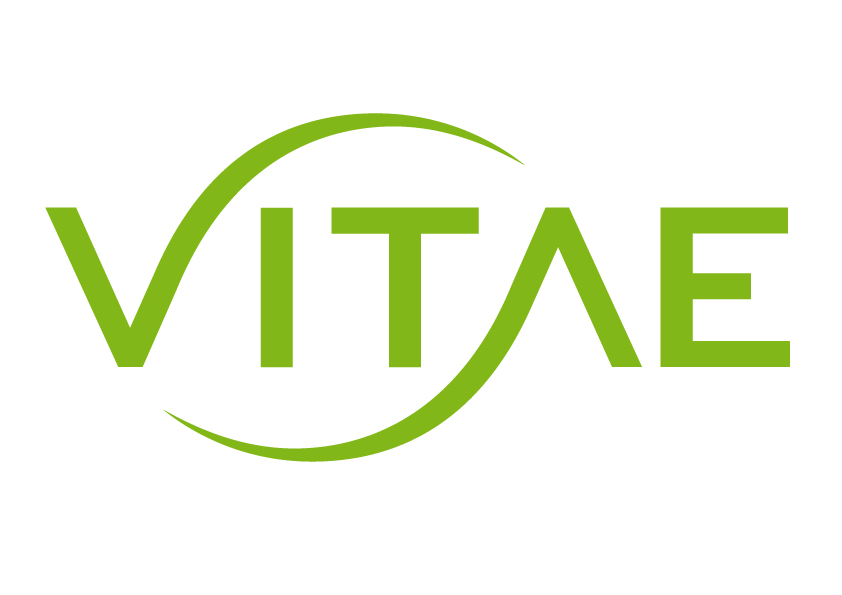For some time now, a lot has been said about the properties of omegas in different areas of our body: brain, heart, skin, etc. We have spoken with Arnau Vilas, member of the technical department of Vitae, researcher of agri-food technology, PhD in food science and specialist in sea buckthorn about the importance of omegas and how to introduce them into our daily lives.
- What are omegas and what benefits do they have for our body?
Omega-3s are unsaturated fatty acids. These can be monounsaturated or polyunsaturated. The omega nomenclature tells us where the unsaturations begin in the acid’s carbon chain, thus being able to differentiate three large groups of “omegas”: Ω -9, Ω -6 and Ω -3, although there are also other omegas, such as Ω – 7. The most relevant at a nutritional level are Ω-6 and Ω-3 since they are considered essential fatty acids. This means that humans cannot synthesize them and therefore we have to ingest them through our diet. Although the omega terminology is used for all types of fatty acids that contain some unsaturation, they are normally associated with those essential fatty acids that, for the most part, contain two or more unsaturations. That is, they are polyunsaturated fatty acids.
Even so, there are some fatty acids (omegas), such as docosahexaenoic (DHA) or docosapentaenoic (DPA) that can be synthesized from linoleic and linolenic fatty acids (both also omegas), respectively, once we ingest them through our diet. It is important to mention that we have to ingest them because they fulfill different important roles in our body.
Essential fatty acids play their role in different ways, but for the most part, they play an important role in the structure of cell membranes, specifically as part of the phospholipids found there. Due to their high degree of unsaturation (we mostly speak of polyunsaturated, as I have already mentioned), these fatty acids provide great fluidity to membranes, which is essential for membrane proteins to have the mobility they require for their functions (for example ion channels, receptors, enzymes …). In nervous tissue, especially in the formation of the brain, this fluidity is very important.
But there are other roles in which they also play an important role. Arachidonic acid (AA, Ω-6) is known to be an important precursor of prostaglandins, lipid molecules relevant to cell signaling. They participate in blood regulation processes, inflammatory processes, reproductive system regulation processes or platelet aggregation processes, among others.
- Is there a different type of omega for every need?
As I have explained, different omegas serve different functions in the body. For this same reason, there will be different situations in which a contribution of Ω-6 will be required and others in which a contribution of Ω-3 will be required. For example, in pregnancy and lactation situations, it has been studied and suggested that a higher intake of Ω-3 fatty acids could be beneficial for the cognitive and mental development of children in their later stages of growth.
- Where can we find them?
For the most part, mono and polyunsaturated fatty acids, whether or not they are “omegas”, are found in abundance in plant products. Seeds are a very important source of these omegas. For example, the most important source of Ω-3 is flax seed. This is followed by other seeds such as rapeseed or soybeans. However, the bioavailability of these fatty acids in a consumption of these seeds as such is poor. A very good option to increase its bioavailability is to consume oil from these seeds. It is also found in high concentrations in the nut or in its oil.
It should be said that, although the foods described are rich in Ω-3, they are not the only ones. There are also products of animal origin that contain significant amounts. We speak, for example, of salmon, sardines or tuna.
On the other hand, seeds are also the main source of Ω-6. In this case, we also speak of a greater bioavailability in the oils if we compare it with the intake of the raw seed. The oils with the highest linoleic content are safflower oil, the well-known sunflower oil, or grape seed oil, among others. Linoleic acid can also be found in foods of animal origin such as egg yolk or other animal fats, to a lesser extent.
- Why is omega-6 always said to be harmful to health?
The Ω-6 fatty acid itself is not one, as I have already said. There are several fatty acids associated with this type of Ω-6 nomenclature (linoleic acid, arachidonic acid …). However, this negative attribution in health has mainly been directed to linoleic acid, since we find it in greater amounts of food and in higher concentrations. In fact, it would not be linoleic acid but the one that we have the ability to produce from it: arachidonic acid.
The problem with linoleic acid is that it is found in abundance in vegetable oils such as sunflower or rapeseed, and these oils are widely used in the food industry for the production of products – in general – processed. Given that in general the consumption of processed foods is high in the population, it is inevitable to think that the intake of linoleic acid (among others) is also high. This trend is also clearer when the consumption of oils or fats with a high Ω-3 content is reflected, which has been greatly reduced in recent years, precisely due to the increase in the consumption of processed foods and the decrease in the consumption of natural unprocessed products, especially from nuts.
And here we come to a critical point. While it is true that the consumption of linoleic acid is a basic requirement, the general consumption of it is too high. There are studies that indicate that a considerable increase in the consumption of this fatty acid is associated with a greater risk of suffering a cardiovascular disease, among others. Therefore, linoleic acid is not harmful to health if consumed within the appropriate range, since – remember – it is an essential fatty acid.
- Should we all supplement ourselves with omegas?
No. Supplementation, either omegas or other components of our diet is only recommended in cases in which the contribution of all macro and micronutrients is not adequate with the current diet. Or as an exception, in certain cases in which, even following a balanced diet, there are external factors (for example, cold temperatures during autumn and winter) that could play an important role in reducing assimilation of some compound or even a reduction in the effectiveness of our immune system. However, it should be noted that since the contribution of Ω-3 is poor in the Western diet (as mentioned), some studies have been suggesting that a supplementation in this type of fatty acids is related to better platelet regulation, a decrease in the risk of arteriosclerosis or a decrease in the severity of asthmatic episodes in children. In addition, it has been observed that a supplementation of this type of fatty acids in pregnancy, lactation and in childhood of the child can improve the parameters related to the good formation of the brain and the entire nervous system, such as attention and concentration.
To conclude, fatty acids are an essential ingredient for the proper functioning of our body, but, as we always say, it is important to take care of our health in a holistic way and maintain healthy lifestyle habits such as a good diet, daily movement and exercise .

